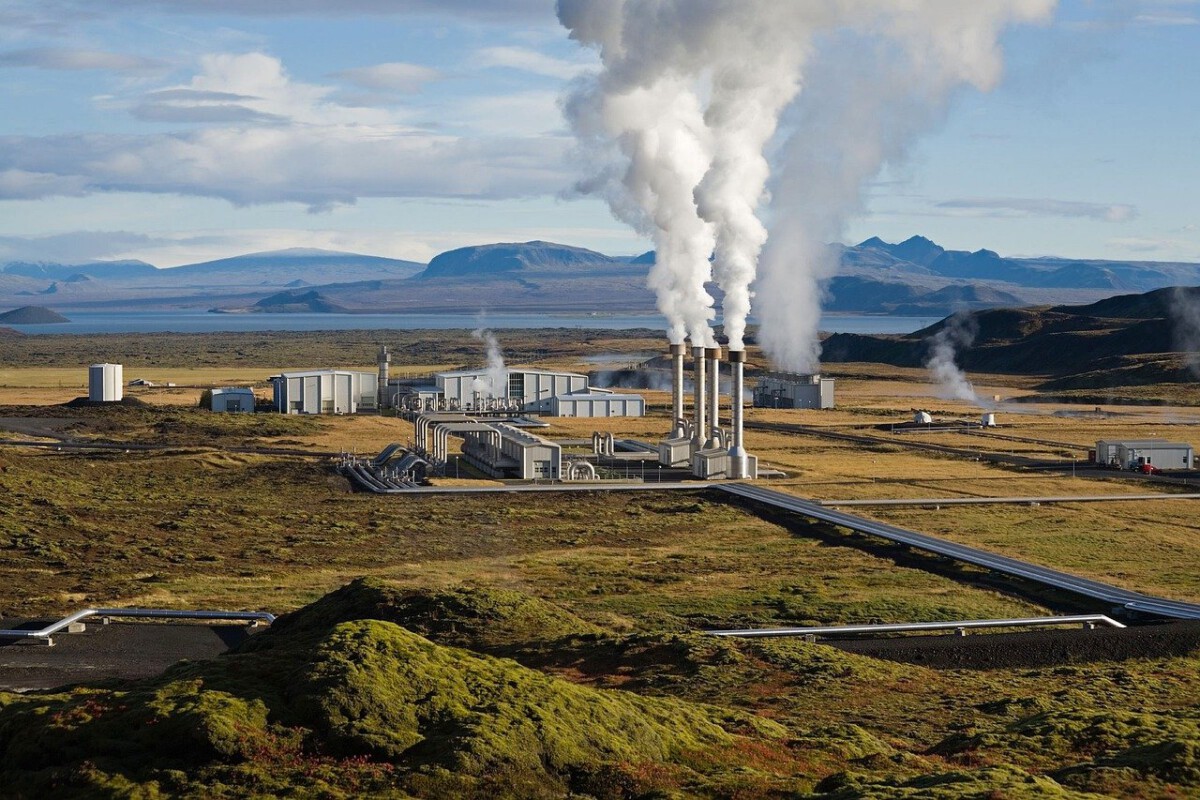Sweden: A Beacon of Green Innovation

Sweden has become a shining example for the rest of the world when it comes to environmental responsibility. The country is determined to achieve a carbon-neutral economy by 2045, a goal that has inspired countless others to follow suit. In 2023, Swedes produced just 1.5 tons of CO2 per capita, which is significantly below the global average of 4.8 tons. This impressive achievement is largely thanks to the government’s relentless investment in renewable energy, with more than 60% of Sweden’s energy now coming from wind, hydro, and other renewable sources. The Swedish lifestyle is deeply rooted in eco-conscious choices, as seen in their staggering 99% recycling rate for household waste. Public transport is not only efficient but also powered by clean energy, while incentives for electric vehicles have made them a common sight on Swedish roads. Urban spaces are carefully designed with green living in mind, featuring parks and eco-friendly buildings everywhere. Sweden’s unwavering commitment to sustainability sets a hopeful standard for countries looking to make a real difference in the fight against climate change.
Denmark: Wind Power and Sustainable Cities

Denmark has become globally recognized for its pioneering spirit in green energy, with wind turbines dotting the landscape and providing about half of the nation’s electricity by 2025. The Danish government has set its sights on a fossil fuel-free future by 2050, and every year, new policies and innovations bring the country closer to that reality. In 2023, Denmark’s carbon emissions per capita were about 5.4 tons, reflecting their steady progress in reducing reliance on fossil fuels. Urban planning in Denmark puts a major emphasis on sustainability, with eco-friendly buildings and abundant green spaces woven into city designs. Danish cities are famous for their cycling culture, encouraged by extensive bike lanes and public awareness campaigns. This shift towards cycling reduces emissions and promotes healthier lifestyles. The country’s investment in green technology continues to drive job creation and export growth, showing that sustainability and economic success can go hand in hand. Denmark’s journey is proof that bold, collective action can lead to tremendous positive change for the planet.
Finland: Forests and Forward Thinking

Finland stands out for its deep connection to nature and its innovative approach to sustainability. The Finnish government has set an ambitious goal of achieving carbon neutrality by 2035, with the current per capita emissions standing at 4.5 tons. Finland’s vast forests not only provide stunning scenery but also serve as vital carbon sinks, helping to absorb significant amounts of CO2 each year. In 2023, the country reached a 55% recycling rate, demonstrating a robust commitment to waste reduction and resource conservation. Education plays a key role in Finland’s eco-friendly culture, with schools teaching children about environmental stewardship from an early age. Sustainable agriculture and forestry are prioritized, ensuring that both industries support biodiversity and soil health. Finland’s approach to energy includes a growing investment in renewables, especially bioenergy and wind. The combination of cutting-edge technology and respect for nature makes Finland a true leader in environmental innovation.
Norway: Hydropower and Clean Living

Norway harnesses the power of its abundant rivers and waterfalls to generate nearly 98% of its electricity from clean hydropower by 2025. This achievement results in a per capita carbon emission of just 4.2 tons, which is remarkably low for a country with a high standard of living. The Norwegian government has been proactive in encouraging electric vehicles, with more than 54% of new car sales in 2023 being electric. Policies offer tax breaks and other incentives to make EV ownership more attractive. Norway is also investing in reforestation and biodiversity projects to protect its stunning natural landscapes. Urban development here prioritizes walkability and access to green spaces, which contributes to both well-being and lower carbon emissions. The country’s oil wealth has been carefully managed to fund green initiatives and research into sustainable technologies. Norway’s example shows that economic prosperity and environmental stewardship can coexist when there is strong political will.
Iceland: Geothermal and Hydro Excellence

Iceland’s unique geography has made it a global leader in renewable energy, with 100% of its electricity generated from geothermal and hydroelectric sources. The country’s per capita carbon emissions are just 2.2 tons, placing Iceland among the lowest emitters worldwide. In 2023, the government expanded programs to cut emissions from transportation and industry, further shrinking its carbon footprint. Icelanders have a strong environmental awareness, actively participating in conservation and sustainability efforts. The government promotes responsible tourism, urging visitors to protect the pristine landscapes and unique ecosystems. Research and innovation in sustainable energy are core to Iceland’s future plans, including projects to store and export green energy. Public support for environmental protection is high, with citizens backing bold climate policies. Iceland’s story is a powerful reminder that even small nations can have a massive impact on global sustainability.
New Zealand: Nature’s Stewards

New Zealand is celebrated for its breathtaking natural beauty and has made significant strides in protecting its environment. The country is working towards net-zero carbon emissions by 2050, with current emissions at approximately 7.5 tons per capita. More than 80% of New Zealand’s electricity now comes from renewable sources such as hydro, wind, and geothermal. In 2023, the government introduced a major campaign to curb plastic waste, encouraging both businesses and individuals to switch to sustainable alternatives. Conservation efforts are central to national policy, with numerous initiatives in place to protect native flora and fauna. Public participation in environmental programs is widespread, reflecting a deep cultural respect for the land. New Zealand’s progress in sustainability is supported by strong legislation and a vibrant green tech sector. The country’s balanced approach to economic growth and environmental protection serves as a model for others.
United States: Ambitious Yet Inconsistent

The United States is a nation of contrasts when it comes to environmental action, boasting both impressive innovations and significant challenges. As of 2025, Americans emit about 15.5 tons of CO2 per capita, a figure that is among the highest globally. Some states have forged ahead with bold renewable energy targets, but overall federal policy has been marked by inconsistency and shifting priorities. In 2023, fossil fuel production increased, which has undermined progress in clean energy transitions. Recycling rates remain stubbornly low at around 35%, highlighting the need for better waste management infrastructure. The widespread use of single-use plastics and slow adoption of sustainable practices in many regions continue to be obstacles. Environmental advocacy is strong, with citizens and organizations pushing for stricter protections and greener solutions. The country’s future in sustainability will depend on unified, long-term policies and a greater national commitment.
India: Environmental Challenges on a Massive Scale

India faces a daunting mix of rapid industrialization, population growth, and environmental strain. As of 2025, India’s carbon emissions per capita have climbed to about 7.5 tons, with coal still generating more than 70% of the nation’s electricity. Efforts to expand solar power have gained momentum, but the pace of change remains slow in the face of immense demand. In 2023, only about 30% of urban waste was recycled, and air quality in major cities continued to fall below safe levels, causing widespread health issues. Water pollution and deforestation further complicate the environmental picture, threatening both people and wildlife. The government has set ambitious sustainability targets, but implementation is often hindered by economic and logistical challenges. Grassroots movements and NGOs are working tirelessly to promote cleaner living and greater awareness. India’s path forward will require urgent action and international support to overcome its environmental hurdles.
Brazil: Deforestation Threatens Global Climate

Brazil is famous for the Amazon rainforest, the world’s largest tropical forest and a crucial carbon sink, but recent trends have raised alarms worldwide. By 2025, Brazil’s per capita carbon emissions have reached about 8.5 tons, with deforestation rates increasing due to policy rollbacks and illegal logging. In 2023, the government faced international criticism for weakening environmental protections, which led to a surge in land clearing and habitat loss. This loss of forest cover not only threatens countless species but also accelerates global climate change by releasing massive amounts of CO2. Indigenous communities and environmental activists are fighting to preserve the rainforest, but their efforts are often met with political and economic resistance. Brazil’s agricultural expansion and mining interests continue to put pressure on the Amazon, despite the dire warnings from scientists. The country’s future depends on restoring strong protections and prioritizing sustainability over short-term profit. The fate of the Amazon will have consequences for the entire planet.





